
Over the past few weeks, we have spent some time working through some unit studies on holidays. Silverdale Press LLC has a unique set of unit studies available – White House Holidays Unit Studies. These are a set of studies on various holidays and their connections to the White House, particularly when the President set them aside as national holidays.
There are six holidays covered in this unit study set:
- Labor Day
- Veterans Day
- Thanksgiving
- Christmas
- Martin Luther King, Jr.
- Valentine’s Day
Each holiday unit delves into the history of the holiday, including important background events or occurrances that influenced the creation of the holiday. The history, the political settings and background, the presidential influences, and traditions all play an important role in how each of the national holidays came to be. Within each holiday, the White House and those in it played an important role.
One of the richest parts of these unit studies is the inclusion of primary sources. From the inclusion of speeches to photographs to letters, these primary sources are an important part of understanding history. Their inclusion here really strengthens the understanding of the background and history of these holidays that are celebrated and remembered nation-wide.
Each study has three to five lessons. Each lesson includes an overview, a materials list, learning outcomes, and a lesson plan. An answer key is also provided in a separate document. With each lesson there is a number of activities to accompany the lesson. Some unit studies have separate lessons for K-6 and 7-12 while other studies have the same lesson for all of them with different activities for the two levels.

Veterans Day
We started with Veterans Day and worked with a K-6 student and a 7-12 student. This is one of the studies that has different lessons for the two different age groups. That actually made it a bit difficult to do these lesson together because the readings for the older group were much more detailed and included much more information. So, I ended up working with Miss J on the K-6 lessons and Miss E worked on the 7-12 lessons by herself.
There are 3 lessons in this study and it begins back at Armistice Day (November 11, 1918) and World War I. The history of that day, how the world responded, and what the aftermath of WWI was like were all a part of this discussion. The poem in Flanders Field was discussed and the symbolism of the poppy. The lessons talked about the effects on the economy of entering the Great War. We learn more about President Wilson and future President Hoover. The taxes and loans system was also a part of the discussion. We also covered President Eisenhower’s childhood, service, and presidency while moving through WWII and into the Korean War history. President Eisenhower changed Armistice Day to Veterans Day in 1954 so that all veterans of military wars and service would be honored, not just those from WWI.
We did several activities related to these lessons. We created poppies (K-6), talked about the poem In Flanders Field (included in the study for K-6)), and completed a crossword puzzle (7-12). We talked about our own military history and family and friends we know who have served in the US military. Miss J created food conservation posters while Miss E studied the 14 points from Wilson’s speech on lasting peace and then wrote her own 14 points (we ended up with 12, I think) in response to Wilson’s Fourteen Point Speech (a primary source included in the study). The discussion about the 14 points was really quite interesting and thought provoking. For our final activities, we listened to the girls’ dad play Taps on his trumpet and talked about the significance of that. We looked at how to display and store the American flag properly. We looked up online the various monuments to veterans in Washington, D.C., and talked about some of the ones we know of closer to us, as well.
This was a fun and interesting study to cover. It tied in really well with the study of WWII that Miss J did not too long ago and the timeline she has for that was very helpful in studying this holiday. The presidents that were influential in the history of this holiday were interesting to learn about and seeing history come together is fascinating.

Labor Day
The Labor Day unit study includes three lessons. There are separate lessons for the two age groups, allowing for independent study or group study within age groups.
The Labor Day study delves into child and immigrant labor and the poor conditions that were experienced by workers 100 years ago. From tenements to factor work, the life was hard. Studying photographs of the time helped us understand a bit more about children working and how families struggled to survive. Eleanor Roosevelt was one of the people that tried to make things better. This study covers her life and work for the children and immigrants. Looking back on others who tried to bring light to the conditions of workers, we saw folks back in the 1880s organizing “labor day” parades to bring some hope and light to the workers. The lessons also talk about unions and strikes, including the Pullman strike and President Cleveland’s response to it. A discussion of economics and how a strike can affect much more than just the single company was part of the lesson for us.

We analyzed photographs as primary source documents and discussed what it showed about child labor and tenement conditions. We looked up the life of Eleanor Roosevelt and read an article she wrote. Miss J studied the picture of the first Labor Day parade and then created her own placards to carry in a parade. She and her sisters then had their own Labor Day parade. We visited the Library of Congress and looked up images related to Labor Day. We read parts of speeches from presidents related to labor.
This was an interesting study to do as it tied in with some of the stories and movies the girls have seen regarding child labor and working conditions in factories. It was a good discussion about why things needed to change and to see how the change came about.

Martin Luther King, Jr.
The MLK, Jr. study has five lessons. The materials for these lessons are the same for both grade levels, with the differentiation coming in the activities. The written materials were a big long for the K-6 level in my opinion, so I ended up not have Miss J complete very much of this one. We read together some of the relevant bits of the text and we watched the videos that were relevant to the lesson. She worked with Miss E on the timeline and map some. Miss E did most of this study on her own. She read each lesson and completed the activities for them. I always pre-read the lesson and knew what discussions we would need to have, so we did take time to sit down together for those discussions.
The study covers the history of the Civil Rights Movement and Martin Luther King, Jr.’s own personal history. From the bus boycotts to the Ruby Bridges case to the relevant court rulings, from President Eisenhower to President Kennedy to President Obama, there is a huge amount of information in this unit. Most of it is written text or video links, with inclusion of court verdicts and speeches as primary source documents.

Many of the activities in this study are responses to information and call for answering questions, particularly for the older students. We did these as interactive discussions because that really opens up the discussion for understanding rather than just a response to a question with a text to look back on for an answer.
This study, as written, is really too much for the K-3 or K-4 levels. There is just too much information. Had we spread it out over three or four weeks, it might have worked fine but there is just so much text and the information is very difficult to process for that age. They are so trusting and don’t understand much of prejudice and treating others badly. That makes this study, as written, something that just doesn’t fit well.
Other Studies
There are three other studies that we have not used yet.
The Thanksgiving study has five lessons. It begins at the search for freedom in the New World and includes primary source documents of two men who experienced life in the New World in the 1620 at Plymouth Plantation. The study looks at the history of harvest festivals and moves all the way through having students look up the current president’s Thanksgiving proclamation. Many presidents have had a prominent role in Thanksgiving over the years and those roles are covered in this study. There are a number of activities to go along with this unit and quite a bit of information. I can see this one easily taking at least a couple of weeks to work through with younger students. The text is the same for both age levels but there are different activities, including more in depth readings and analysis of primary source documents for the older group.
The Christmas study has four lessons. It covers Mrs. Kennedy and The Nutcracker tradition, Mrs. Ford and gingerbread houses, and Mrs. Bush with her story books, to name just a few things covered. From baking to reading presidential Christmas addresses, there are quite a few activities to choose from for each of the lessons. The text is the same for both age levels with differentiated activities. The activities will be a lot of fun and for many families will co-ordinate with their own holiday traditions. Once again, there is quite a bit of text and when you add the activities that include a written text, there is a lot here for younger students. It would be best to break the text up over a few days for each lesson, making the unit take a few weeks to work through. After adding in the activities, this unit could easily occupy a month.
Valentines Day is one that doesn’t really interest me much. I have only glanced at the history of it here. The overview in this study includes a page of possible credits for high schoolers, something I didn’t see in any of the other studies. There are many love letters between presidents and their loved ones included in this unit study.

Final Thoughts
These are fine studies that really address the history of holidays, something we don’t see a lot. I am looking forward to seeing any additional holidays that are to be added in the future, as they are planning more.
Blessings,
At Home.
Please visit the Homeschool Review Crew to read what other families thought of the White House Holidays Unit Studies. Some of the families worked with a writing program instead that is titled Persuasive Writing & Classical Rhetoric: Practicing the Habits of Great Writers, aimed at ages 14-18. Both programs are from Silverdale Press LLC. Click the banner below to read reviews.


Share At Home: where life happens


























 The Secret Garden
The Secret Garden The Hobbit
The Hobbit A Wrinkle In Time
A Wrinkle In Time

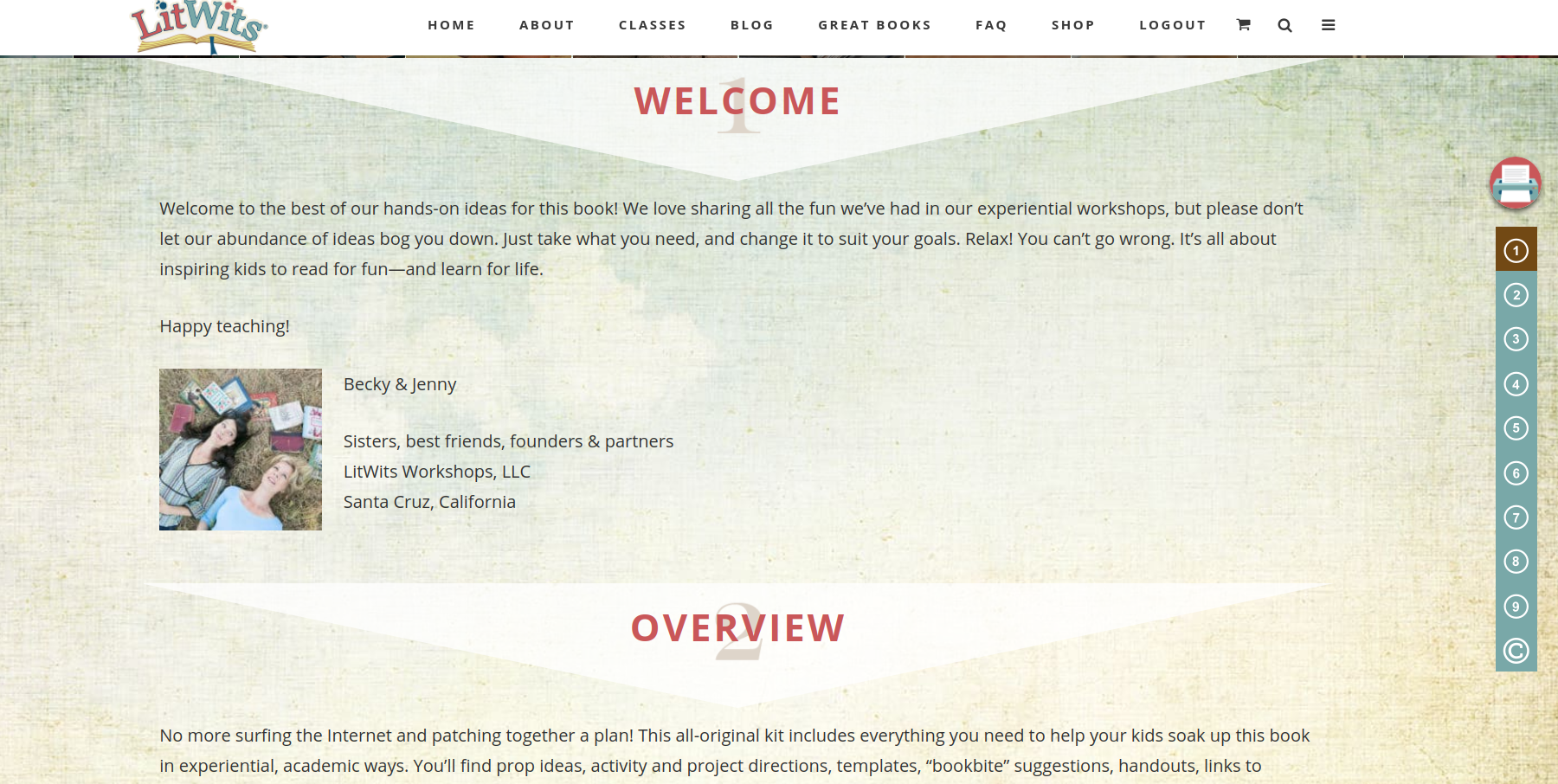
 The challenging vocabulary not being addressed was a miss, in my book. There was so much that could have been done, especially in All Creatures Great And Small. For instance, there are multiple mentions of carbolic. We talked about it, looked it up, and used some to wash up with, smelling that smell that is talked about in the story.
The challenging vocabulary not being addressed was a miss, in my book. There was so much that could have been done, especially in All Creatures Great And Small. For instance, there are multiple mentions of carbolic. We talked about it, looked it up, and used some to wash up with, smelling that smell that is talked about in the story.











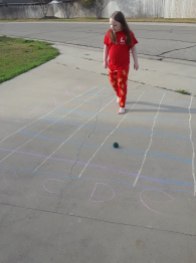

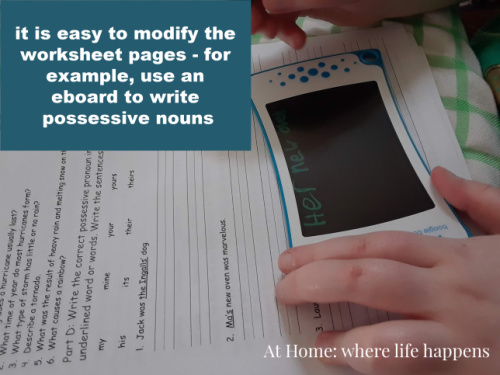




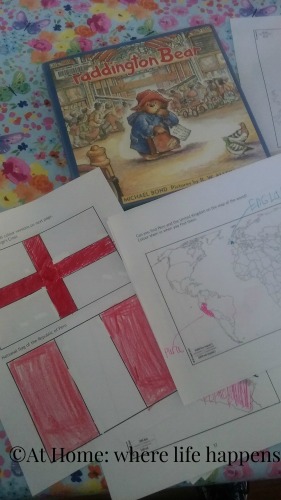


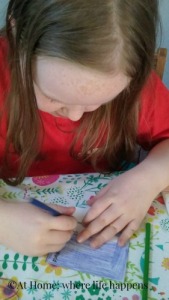 study on
study on 














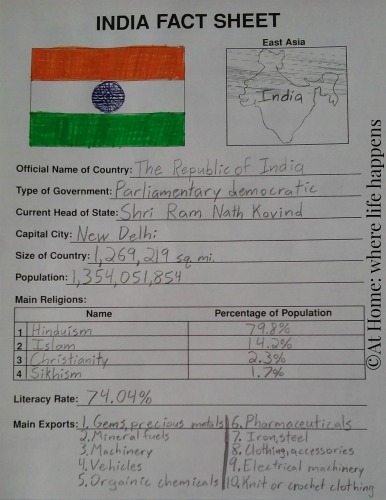







 the fully mature tree, we learn much about the pine tree. Alongside the scientific information, we learn about many biblical references to pine trees. The scripture is quoted and cited, which makes it easy for the student to follow up with the scripture in their own copy of the Bible. The article is a very enjoyable read. When you pair it with the stunning photography, it is just a beautiful article. (There are many other articles in this edition of the magazine – the Grand Canyon, kangaroos, and recipes to name a few.)
the fully mature tree, we learn much about the pine tree. Alongside the scientific information, we learn about many biblical references to pine trees. The scripture is quoted and cited, which makes it easy for the student to follow up with the scripture in their own copy of the Bible. The article is a very enjoyable read. When you pair it with the stunning photography, it is just a beautiful article. (There are many other articles in this edition of the magazine – the Grand Canyon, kangaroos, and recipes to name a few.) magazine, articles, and videos that will help the study complete the study. I actually missed these when I printed the study because I was so excited to get to the pages and we worked harder than we had to on some parts of the study that first day. That’s okay – we got internet search practice in!
magazine, articles, and videos that will help the study complete the study. I actually missed these when I printed the study because I was so excited to get to the pages and we worked harder than we had to on some parts of the study that first day. That’s okay – we got internet search practice in! Latin names, for example – were an easier activity, such as matching. The vocabulary was a challenging activity because the words were difficult. I did have to help all three girls with this, even with an electronic dictionary at hand.
Latin names, for example – were an easier activity, such as matching. The vocabulary was a challenging activity because the words were difficult. I did have to help all three girls with this, even with an electronic dictionary at hand.








